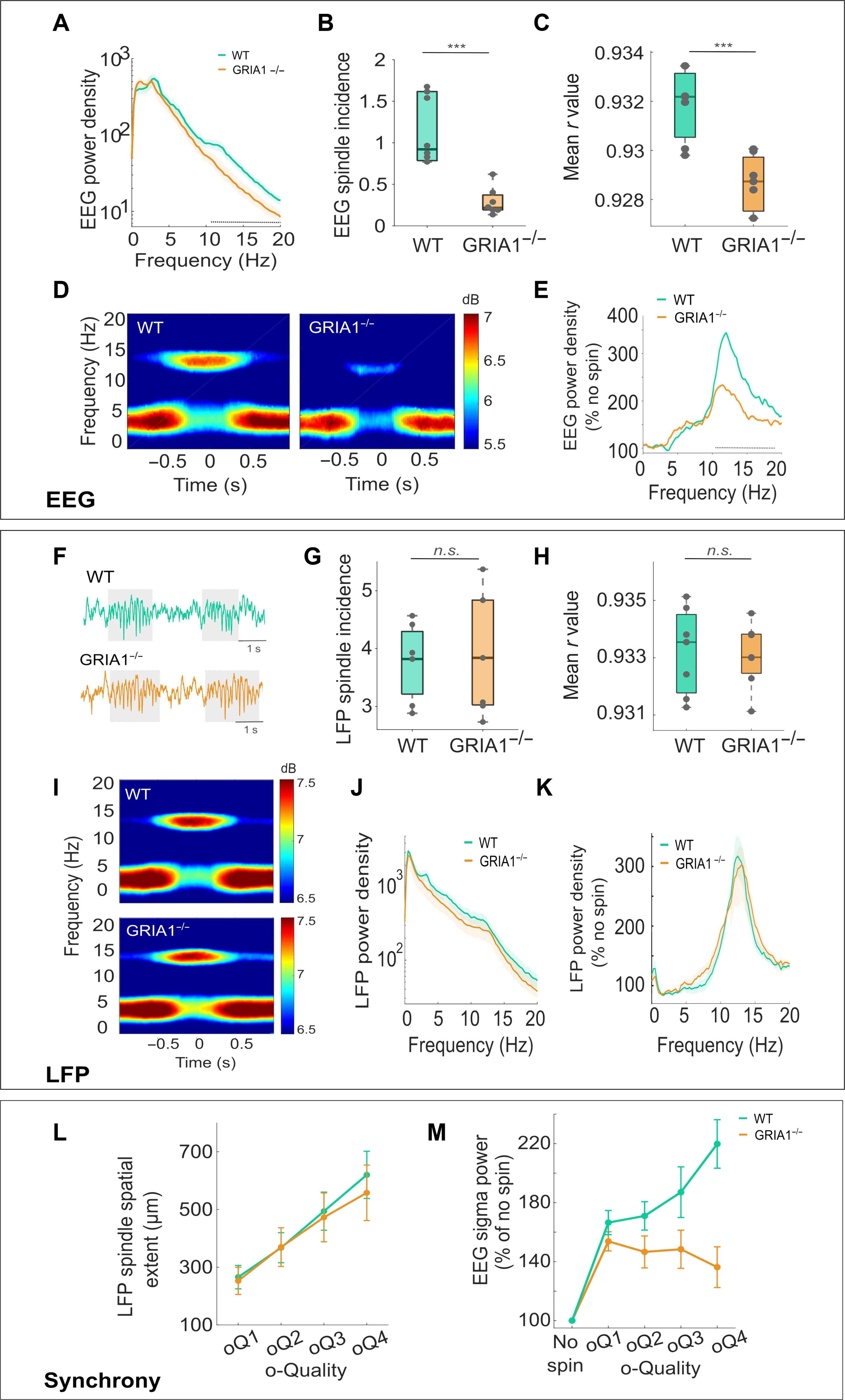睡眠棘波的振荡-质量将大脑状态与睡眠调节和功能联系起来。
IF 11.7
1区 综合性期刊
Q1 MULTIDISCIPLINARY SCIENCES
引用次数: 0
摘要
在这里,我们描述了睡眠棘波的动力学特征,重点是其阻尼,我们使用一种称为振荡质量(o-Quality)的指标来估算睡眠棘波的阻尼,该指标是通过对小鼠大脑皮层记录的电生理信号拟合自回归模型得出的。睡眠纺锤体的 o-质量与其振幅的相关性很弱,在不同皮层区域表现出明显的层状差异和区域拓扑,反映了皮层网络内部和之间的同步水平,受到睡眠-觉醒历史的强烈调节,反映了感觉断开的程度,并与纺锤体和慢波之间的耦合强度相关。由于大多数纺锤体事件都是高度局部化的,无法用传统的低密度记录方法检测到,因此o-Quality 成为了一种有价值的指标,它能让我们推断纺锤体活动在大脑中的扩散和动态,并将其时空动态与大脑状态的局部和全局调节、睡眠调节和功能直接联系起来。本文章由计算机程序翻译,如有差异,请以英文原文为准。

Oscillatory-Quality of sleep spindles links brain state with sleep regulation and function
Here, we characterized the dynamics of sleep spindles, focusing on their damping, which we estimated using a metric called oscillatory-Quality (o-Quality), derived by fitting an autoregressive model to electrophysiological signals, recorded from the cortex in mice. The o-Quality of sleep spindles correlates weakly with their amplitude, shows marked laminar differences and regional topography across cortical regions, reflects the level of synchrony within and between cortical networks, is strongly modulated by sleep-wake history, reflects the degree of sensory disconnection, and correlates with the strength of coupling between spindles and slow waves. As most spindle events are highly localized and not detectable with conventional low-density recording approaches, o-Quality thus emerges as a valuable metric that allows us to infer the spread and dynamics of spindle activity across the brain and directly links their spatiotemporal dynamics with local and global regulation of brain states, sleep regulation, and function.
求助全文
通过发布文献求助,成功后即可免费获取论文全文。
去求助
来源期刊

Science Advances
综合性期刊-综合性期刊
CiteScore
21.40
自引率
1.50%
发文量
1937
审稿时长
29 weeks
期刊介绍:
Science Advances, an open-access journal by AAAS, publishes impactful research in diverse scientific areas. It aims for fair, fast, and expert peer review, providing freely accessible research to readers. Led by distinguished scientists, the journal supports AAAS's mission by extending Science magazine's capacity to identify and promote significant advances. Evolving digital publishing technologies play a crucial role in advancing AAAS's global mission for science communication and benefitting humankind.
 求助内容:
求助内容: 应助结果提醒方式:
应助结果提醒方式:


